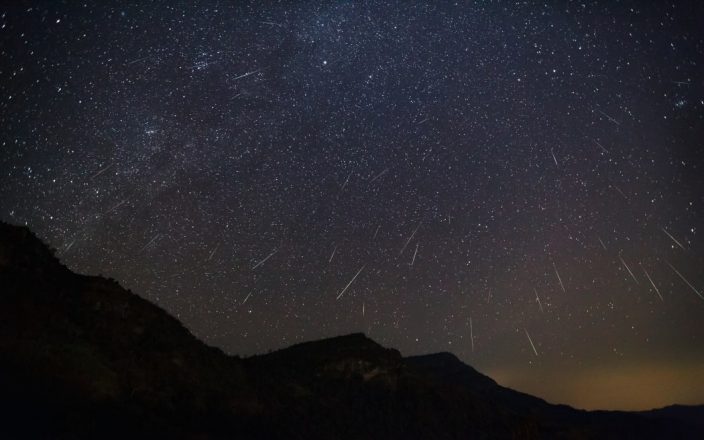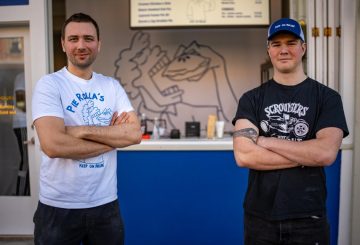今夜は一晩中、3つの流星群による天空の花火大会が楽しめます。
オタゴ博物館の館長で天文学者のイアン・グリフィン(Ian Griffin)氏は、今夜のショーは美しいものになるだろうと語っています。
「これらの流星群は、過去10年以上にわたって天文学者によって観測されてきました。この時期には定期的に出現し、今年は新月で空がとても暗いので、ほぼ完璧な条件です。」
グリフィン氏は、Morning Report(ニュージーランド朝のニュース番組)に、照明から離れた場所であれば誰でもショーを楽しむことができると語りました。
夜中ならいつでも良いが、「流星は真夜中以降が見やすく、明るくなる」とのこと。
「空が晴れていて、雲がない限り、1時間に20個、あるいはそれ以上の流星が見えるはずです。動きの速いものもあれば、ゆっくりとした明るいものもあるでしょう。
「だから、1時間かそこら腰を下ろしていれば、かなりの数の流星を見られるはずですし、面白い展示になるはずです。」
グリフィン氏は地球が太陽の周りを回るとき、古い彗星の軌道を横切ると説明しました。
「彗星は太陽の周りを回り、物質が爆発し、その跡を残していきます。そしてこの時期、地球は3つの異なる彗星の軌道を通過しており、その軌道は小さな塵でいっぱいなのです。
「流星や流れ星を見るとき、それは彗星の塵が地球の大気圏で燃え尽きてできた小さな粒です。彗星は非常に速いスピードで移動しているから、燃え尽きるのです。中には秒速20キロメートルのものもあり、大気中を移動する際に大気中の原子とぶつかり、発光して消滅します。
「週末に空の流れ星を見れば、何年も前に地球の軌道を横切った彗星の燃えかすが見えるのです。」
望遠鏡を持たない人でも簡単に見ることができるとのことです。
情報元:RNZ News





























































